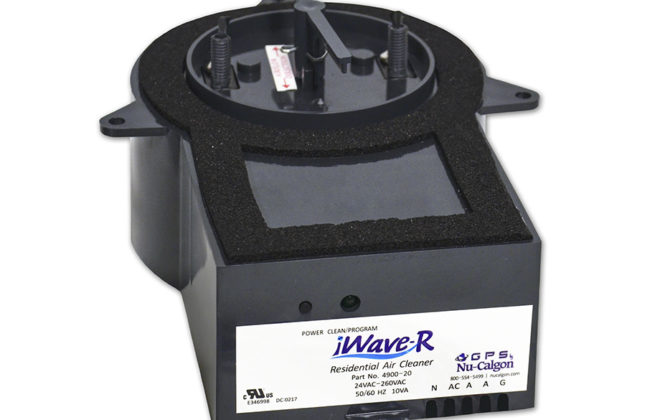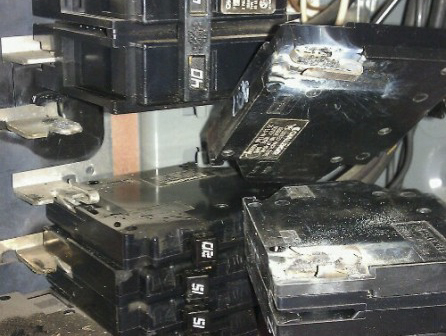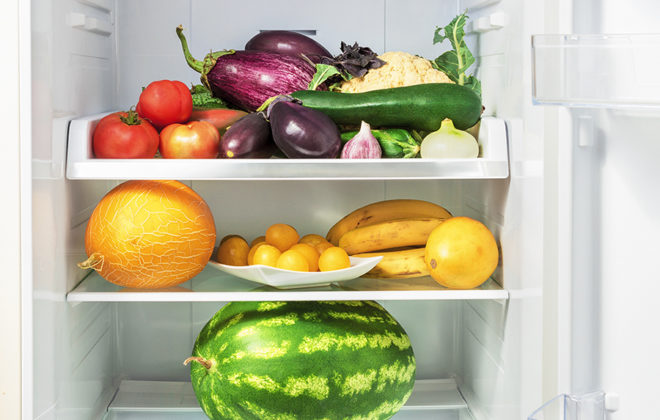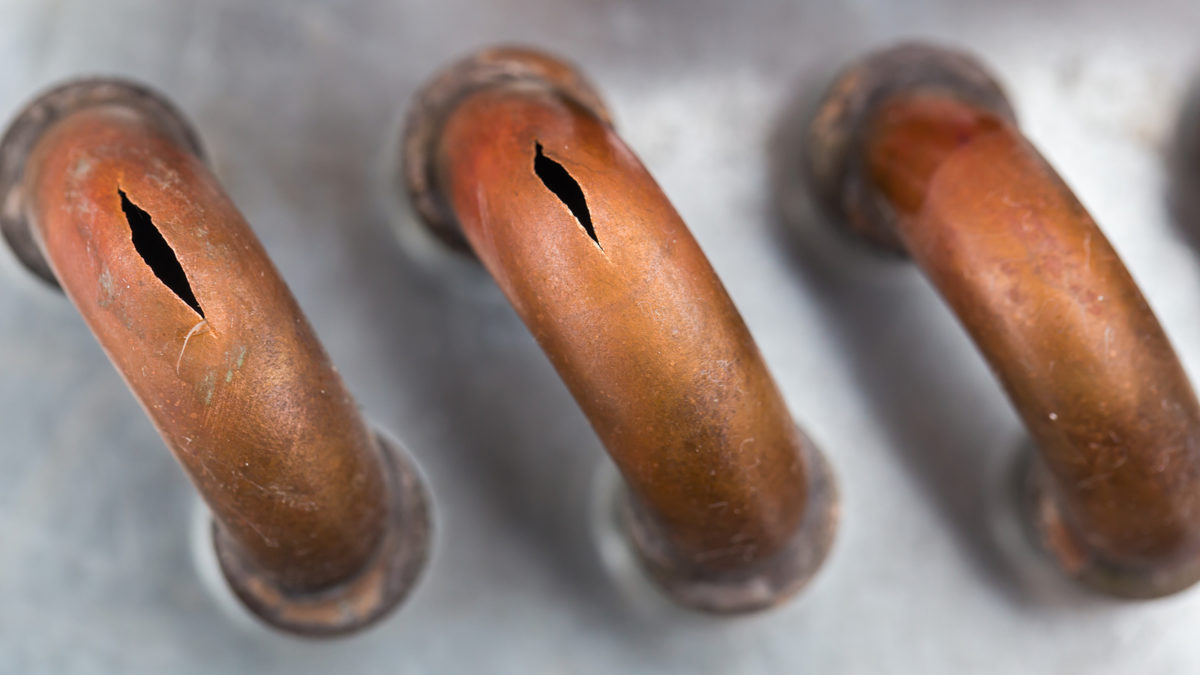
Frozen Pipes?
Some helpful tips to prevent them in the first place
Water expands as it freezes. This expansion puts tremendous pressure on whatever is containing it, including metal or plastic pipes. No matter the strength of a container, expanding water will most likely cause it to break. While the damage caused by that is minimal when it is frozen, the moment it thaws out is when the potential disaster becomes apparent.
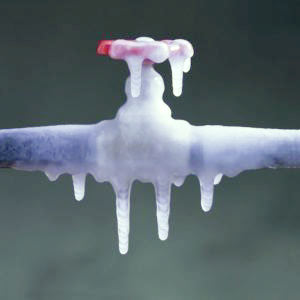 Pipes that are most likely to freeze are:
Pipes that are most likely to freeze are:
- exposed to severe cold, like outdoor hose bibbs, swimming pool supply lines, and water sprinkler lines.
- in unheated interior areas like basements and crawl spaces, attics, garages, or kitchen cabinets.
- ones that run against exterior walls that have little or no insulation.
You might be thinking that this won't be a problem because you don't live in a cold climate. Think again about that. Frozen pipes are not unique to only cold northern climates. They can be especially problematic because you live in a more temperate climate where insulation requirements are not as strict. That works fine until you have an unseasonable cold snap.
Frozen pipes are problematic enough on their own because they prevent water flow. However, even worse, frozen pipes can eventually burst, causing damage and potential flooding. The good news is, there are steps you can take to help prevent this problem from occurring when the temperatures drop.
How to Protect Pipes From Freezing
It is best to take steps to protect your pipes from freezing before the onset of cold weather. Here are some suggestions for you to consider:
- Turn up the heat! Now is not the time to be worrying about saving money on your heating bill. A lot of people turn their thermostats way down when they leave the house for the day or a weekend. When the weather turns extra cold however, you need to keep your home temperature at least at 65 degrees.
- Remove, drain, and store garden hoses that you use outdoors. Close inside valves that supply outdoor hose bibs. Also, open the outside hose bibbs to allow water to drain. Keep the outside valve open so that any water remaining in the pipe can expand without causing the pipe to break. If you can obtain hose bibb insulation covers, it would be good to put them on all of your exterior through-the-wall hose bibbs
- Add insulation to attics, basements and crawl spaces to help better retain indoor heat.
- Check around the home for other areas where water lines are located in unheated areas. Look in the garage, and under kitchen and bathroom cabinets. Both hot and cold water pipes in these areas should be insulated. Just because a water line carries hot water doesn't mean it isn't at risk for freezing.
- Open up cabinet doors if they are on outside walls and you have plumbing pipes behind or in them, such as at bathroom vanity cabinets or where your kitchen sink is. Allowing the warm air to get into these areas can help a great deal.
- If you have a swimming pool, drain the water from the water supply lines as per the manufacturer's or installer's instructions. Do not put antifreeze in the lines unless directed. Antifreeze is environmentally harmful, and dangerous to humans, pets, wildlife, and landscaping.
- Consider installing specific products made to insulate water pipes like a "pipe sleeve" or installing UL-listed "heat tape," "heat cable," or similar materials on exposed water pipes. Newspaper can provide some degree of insulation and protection to exposed pipes – even ¼” of newspaper can provide significant protection in areas that usually do not have frequent or prolonged temperatures below freezing.
- Consider relocating exposed pipes to provide increased protection from freezing.
- Make sure you know where your main water supply shutoff valve is. If you have a frozen pipe, you’ll need to know where to go to turn the water supply off. The moment a frozen pipe thaws, if it developed a leak, you will have a problem on your hands. Minimize it by knowing where that shutoff valve is and put it to use.
If You Suspect That You Have Frozen Pipes
Past the point of no return and you think that you have a frozen pipe? Here are some steps to take:
- Find the main shutoff valve to your house. Be ready to turn it off if you need to.
- Turn on each water supply faucet individually (both hot and cold) to ensure that there is a steady stream of water present.
- If the flow of water is slowed, or worse, there is no flow, then it is likely that you have a frozen pipe.
- Identify the blockage (probably the area of most exposure) and use a blow dryer (do NOT use an open flame torch!) to heat the supply line, while leaving the faucet open. If that doesn't work, then contact us.
- Continue heating the pipe until there is a steady flow of water. If, while the frozen pipe is thawing you discover that you have water leaking where it shouldn't be, go and shut off your main shutoff valve to your house.
If you have a frozen pipe, contact Brubaker Inc. at 717.299.5641 or email us to schedule a service call.
Sources:
1. 'Prevent Damage From Frozen Pipes' Insurance Institute for Business and Home Safety
2. 'Are Your Pipes Ready?' Altra Dry, Mount Summit, IN
3. 'Preventing and Thawing Frozen Pipes' American Red Cross
4. '6 Great Tips to Keep Pipes From Freezing' The Balance.com
5. 'Frozen Pipes Gallery' Contractor Magazine online
Related Posts
Categories
Recent Posts
- Brubaker Inc: One Year as an Employee-Owned Company & Why It Matters to You
- Top 5 Signs It’s Time to Replace Your Heating System in Lancaster, PA
- Aimee Deraco: Small Businessperson of the Year at the 2024, Lancaster Chamber Dinner
- Home Heating Hacks to Save Money and Energy
- Combat Winter Dryness and Sickness
- How to Keep Your White Clothes Looking Fresh
- 4 Smart Upgrades for Your Plumbing
- Top Kitchen Remodeling Trends and Options for 2021
- Who invented the dishwasher?
- Frozen Pipes?

